There are many reasons for the massive critical and commercial success behind Baldur’s Gate 3, but the developer’s love and attention to detail shine through many of them. This includes the wide variety of easter eggs scattered across the game world of varying sizes, shapes, and types. Even if you are not a hardcore DnD enthusiast or lack the gaming background to fully grasp all the references, many of these winks and nudges will still make you smile. Here are our favorites.
The End User License Agreement (yes, seriously)
The barrage of easter eggs in BG3 begins as early as the first start-up of the game, where your very first trial is to accept the typical mind-numbing legal document and its many indecipherable clauses to use the program.
The EULA of Baldur’s Gate 3 comes with a very interesting section, number five, to be precise, which lists “additional obligations in eldritch law.” Refreshingly, it begins with “Time for a pause, as We understand by now your mind is longing for respite, having endured the above numerous provisions of legal jargon.”
It only gets better from there.
Who would have thought that you could make good use of your law degree when playing this game?
A smile better suits a hero
Avid players of Final Fantasy XIV will groan reading this header, and that is exactly the point. The fine folks at Larian Studios saw fit to reference one of the most iconic and saddest moments in the MMO in a hero inspiration. We’ll leave spoilers beyond the fold here, but you can learn more about it by clicking the link above.
Tasty treats around the campfire
Easter eggs come in all forms, and some of them are literally edible. Turns out, each of the camp supplies in the Digital Deluxe edition of the game represents the national dish of one of the devs’ studios around the world. Poutine is an obvious one, but the rest may take a bit more figuring out.
Quoth, the raven
At first, Quoth just sounds like an odd name, not just for a familiar, but anything in general. However, it is a lovely reference to a literary classic, the most famous poem by Edgar Allan Poe, author of classics like The Pit and the Pendulum, and, interestingly enough, the first detective mystery stories of the world like The Murders in the Rue Morgue.
His most famous poem, The Raven, features a talking raven stalking a grieving man. It keeps repeating the only word it seems to know – nevermore – in response to the narrator’s growingly frustrated questions, which is why many stanzas end with the line:
“Quoth the Raven ‘Nevermore.’”
Hence “Quoth, the Raven” in Baldur’s Gate 3. Even if you’re not the literary type, this poem is worth a read.
Others Asked
What unique feature does Baldur's Gate 3 offer to its players?
Baldur's Gate 3 allows players to do practically anything and everything they want, including killing important characters in the game’s story.
What is the significance of Act Three in Baldur's Gate 3?
Act Three in Baldur's Gate 3 is significant because it is where the game truly opens up, with numerous quests coming together and culminating, including those started in previous acts.
What aspect of Baldur's Gate 3 allows players to have different experiences each time they play?
Baldur's Gate 3 allows players to have different experiences each time they play due to its roleplaying options and the unique choices players can make, leading to different scenes and outcomes.



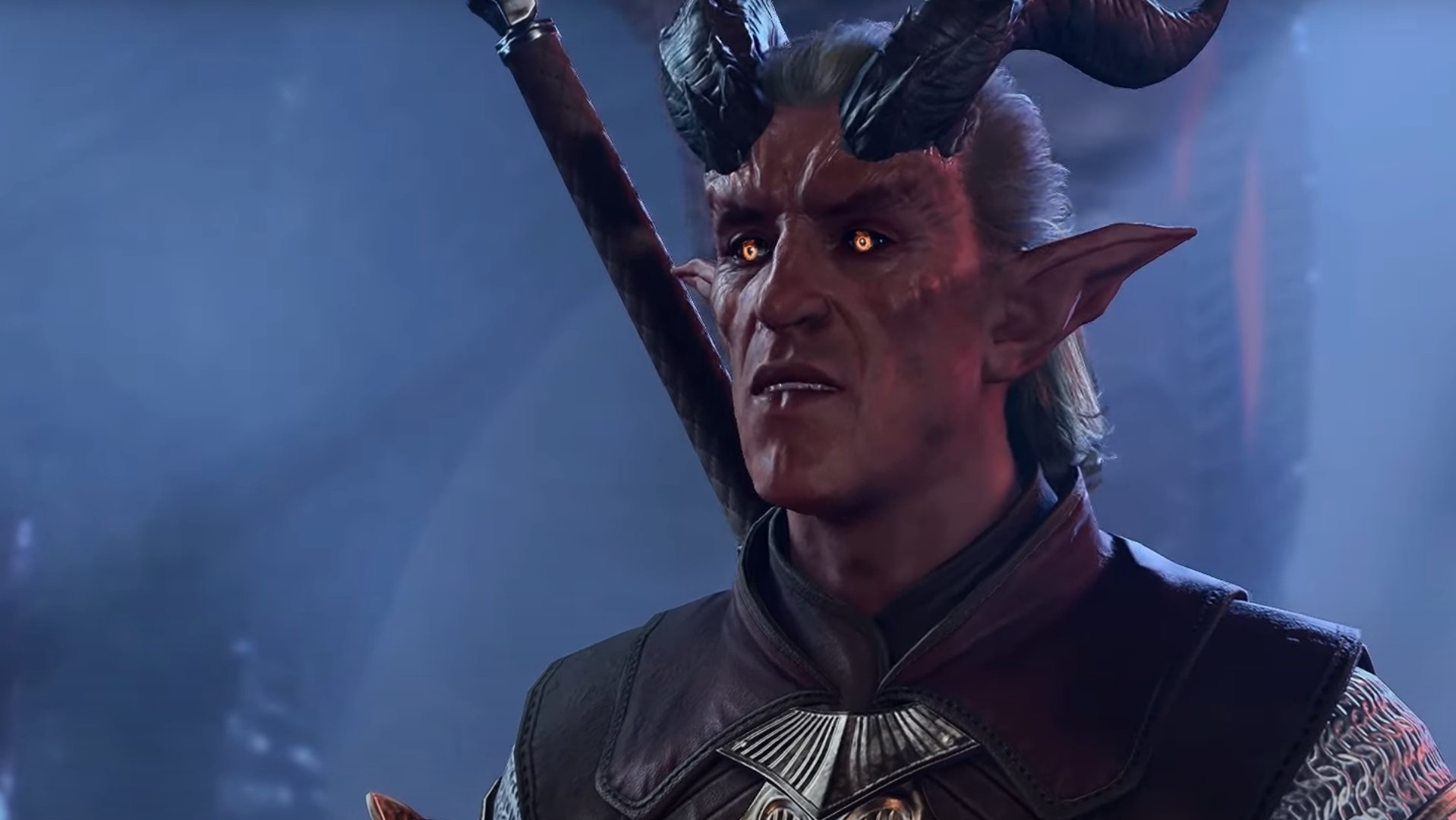
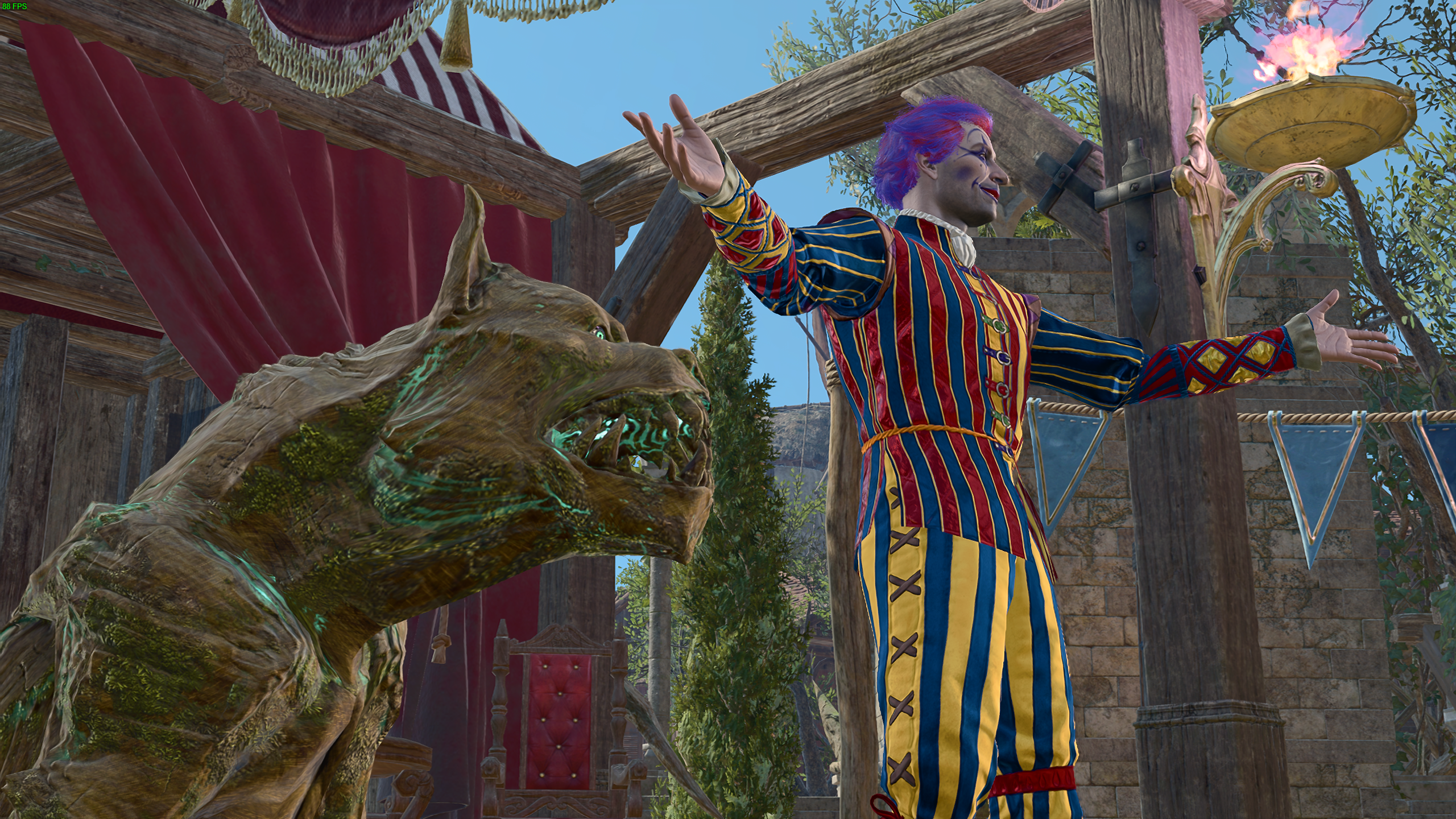

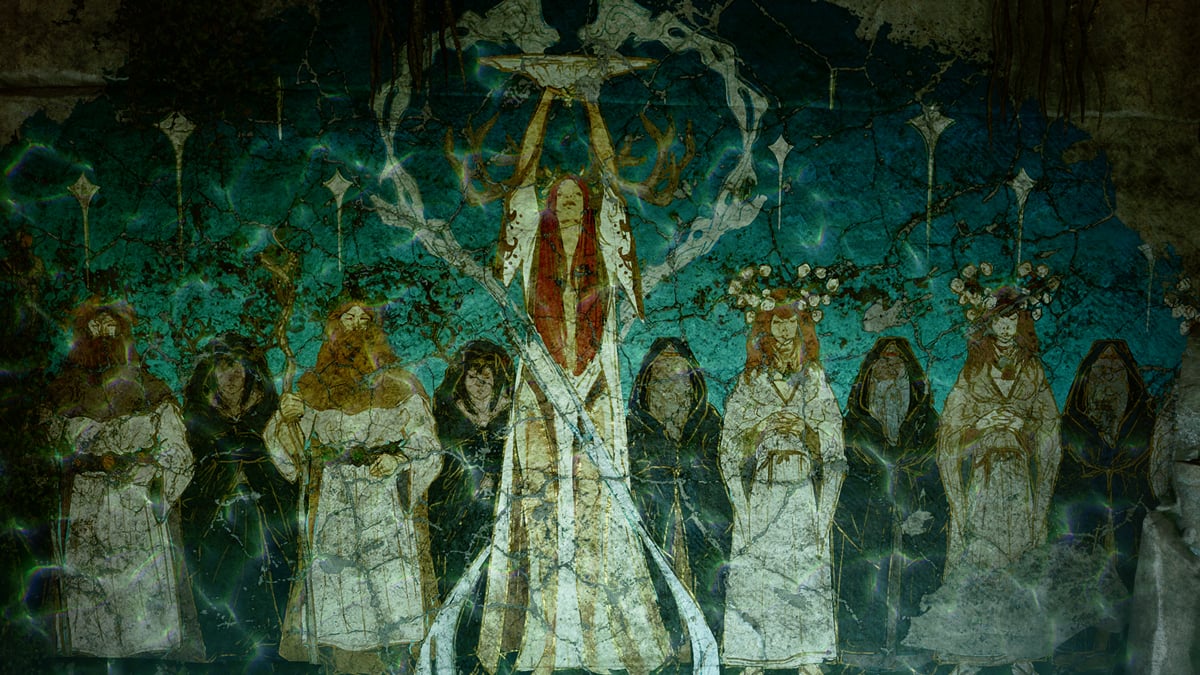
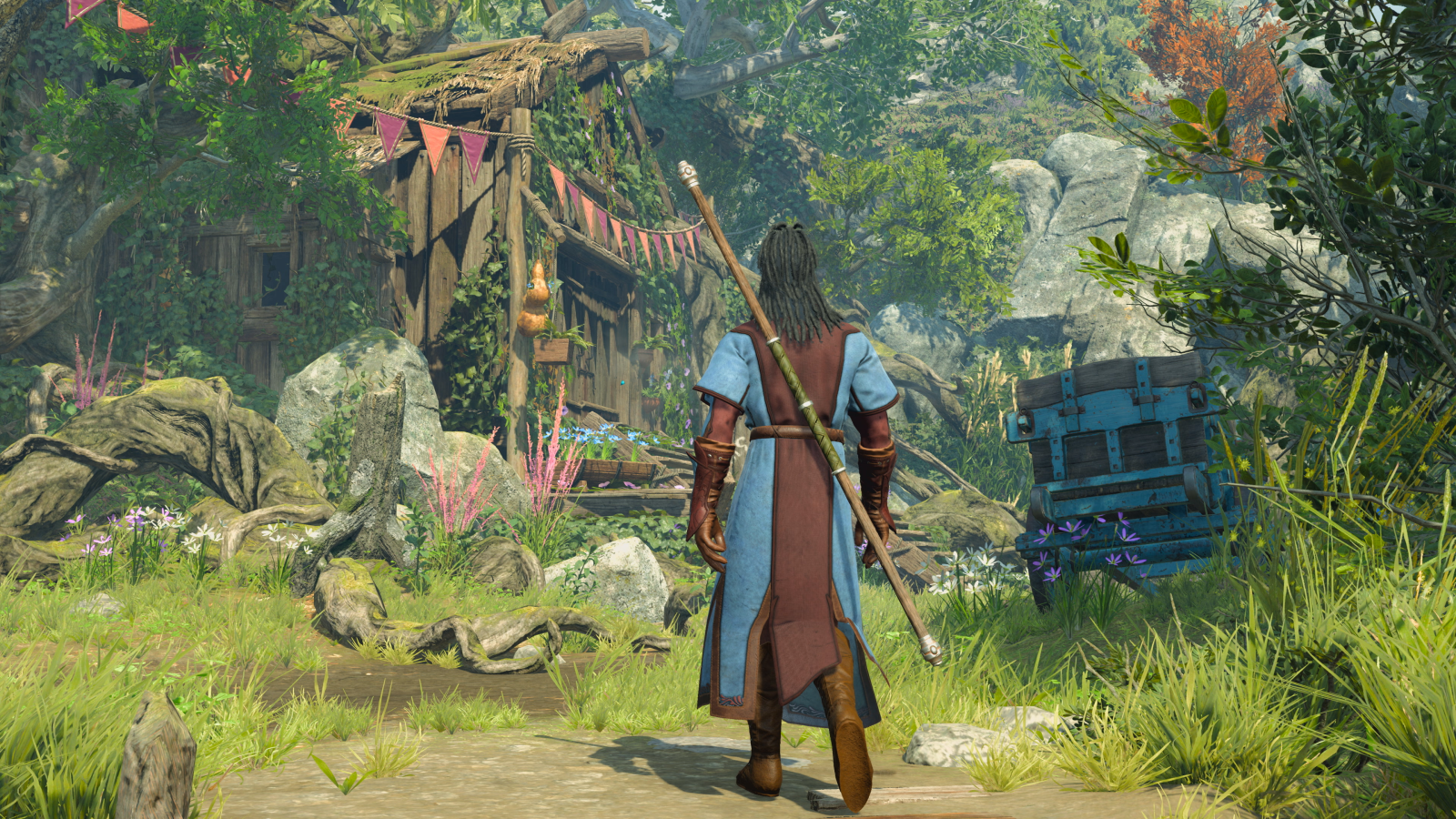
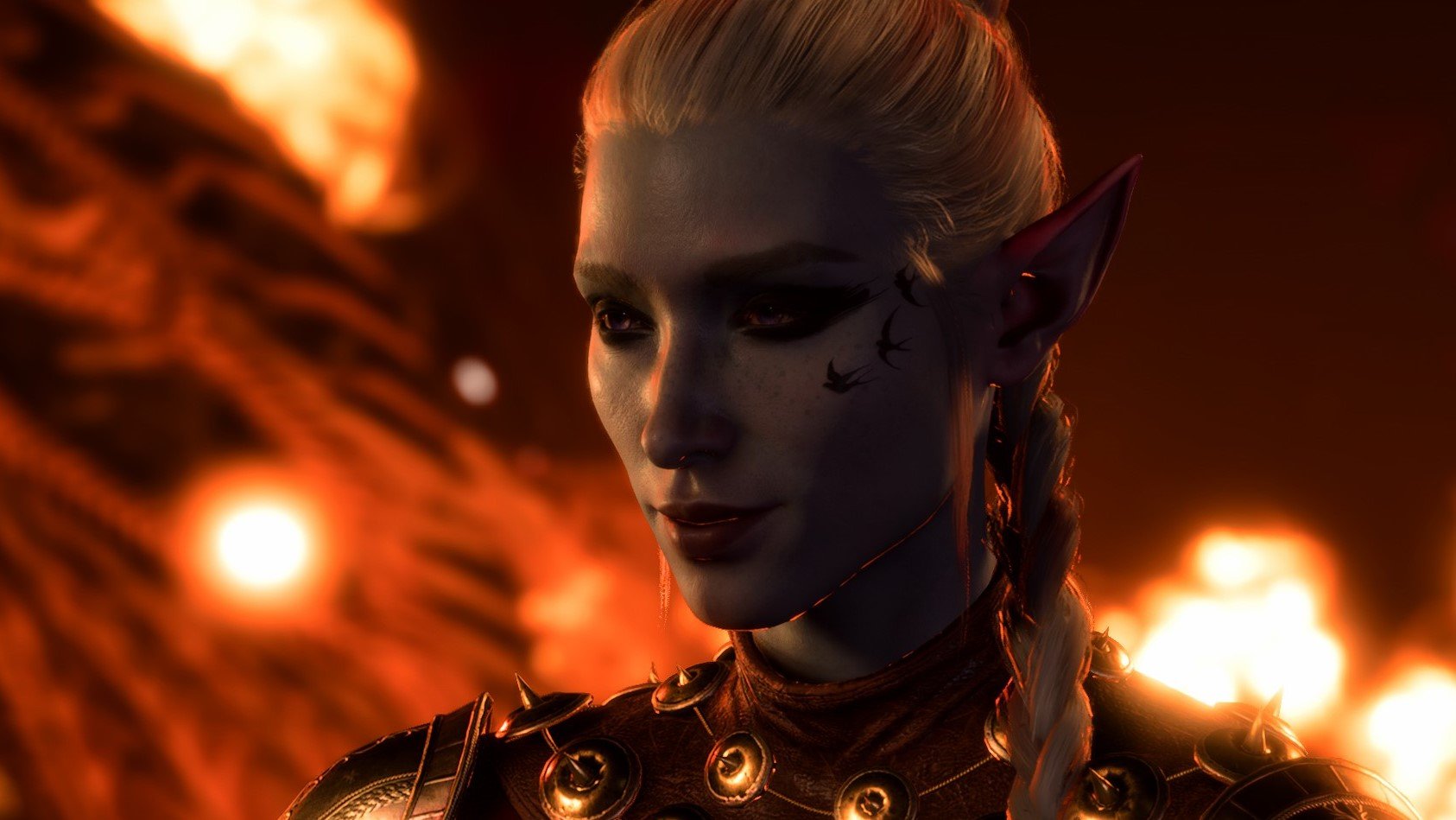
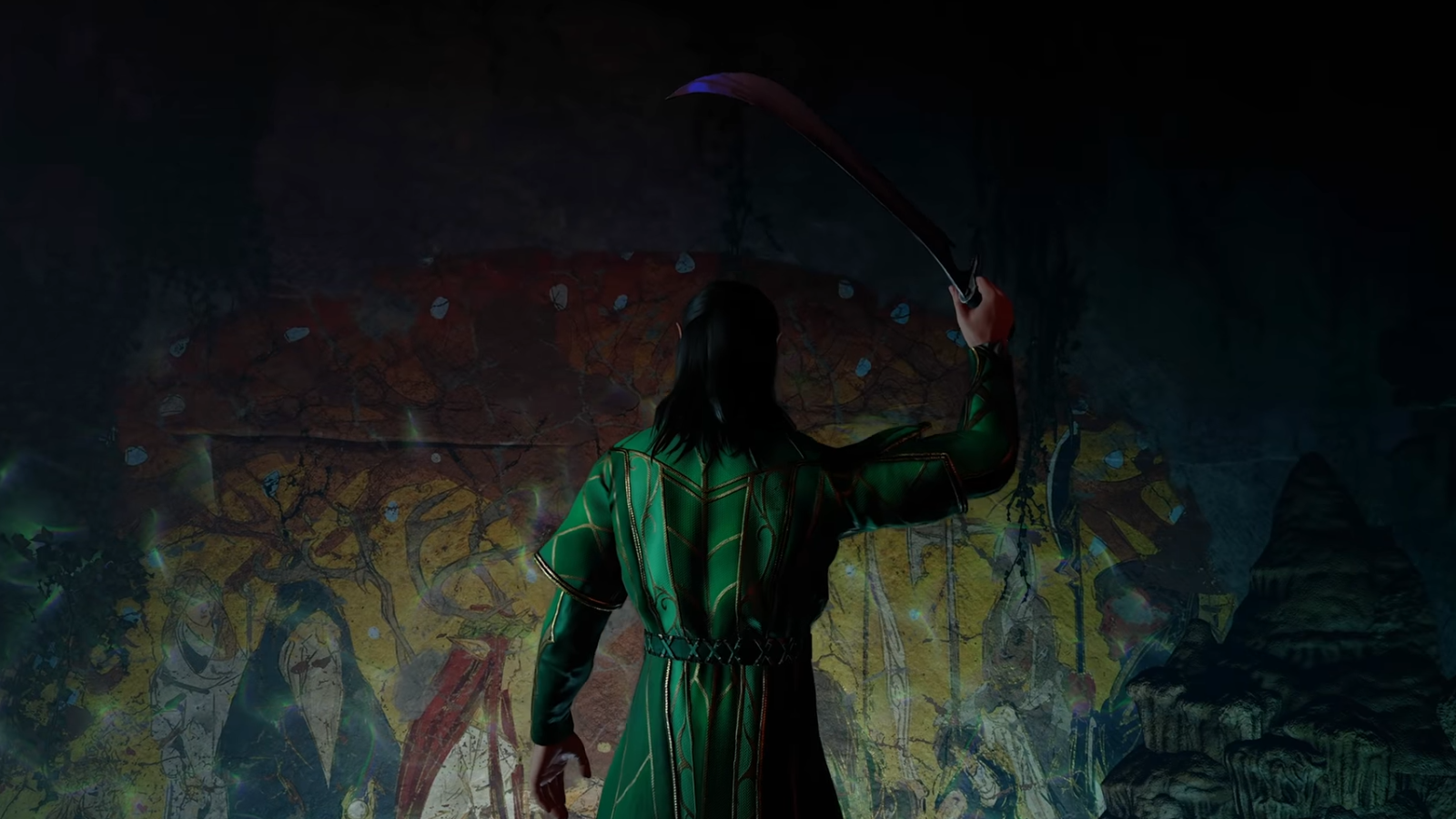
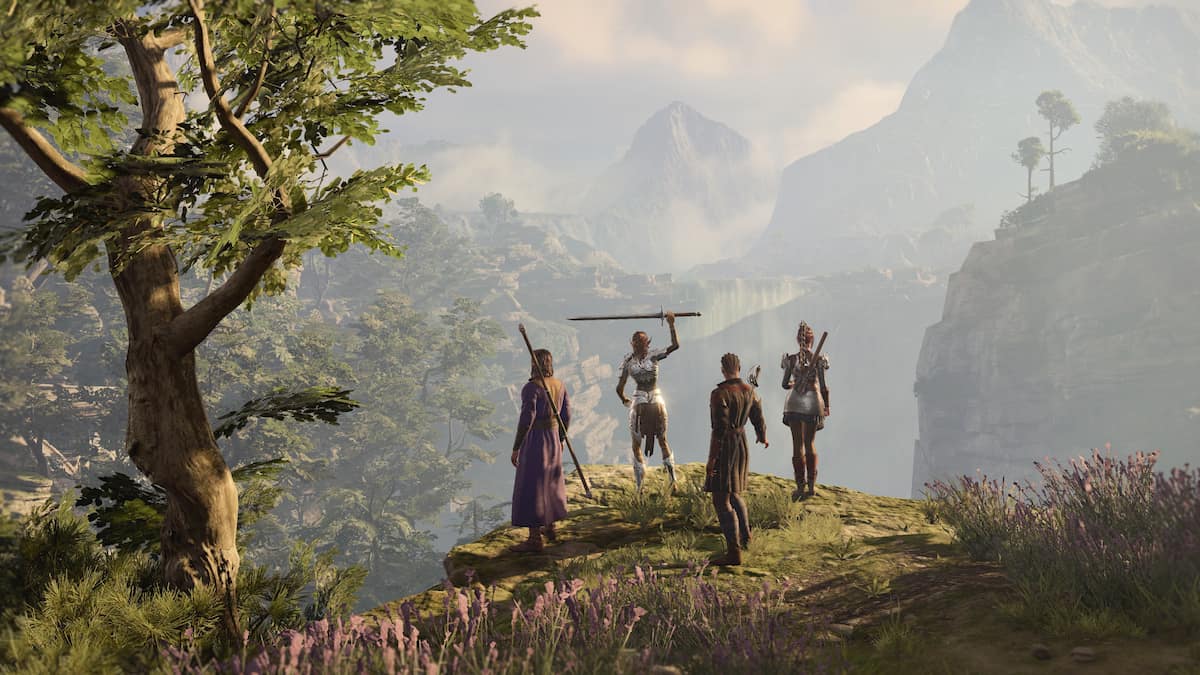

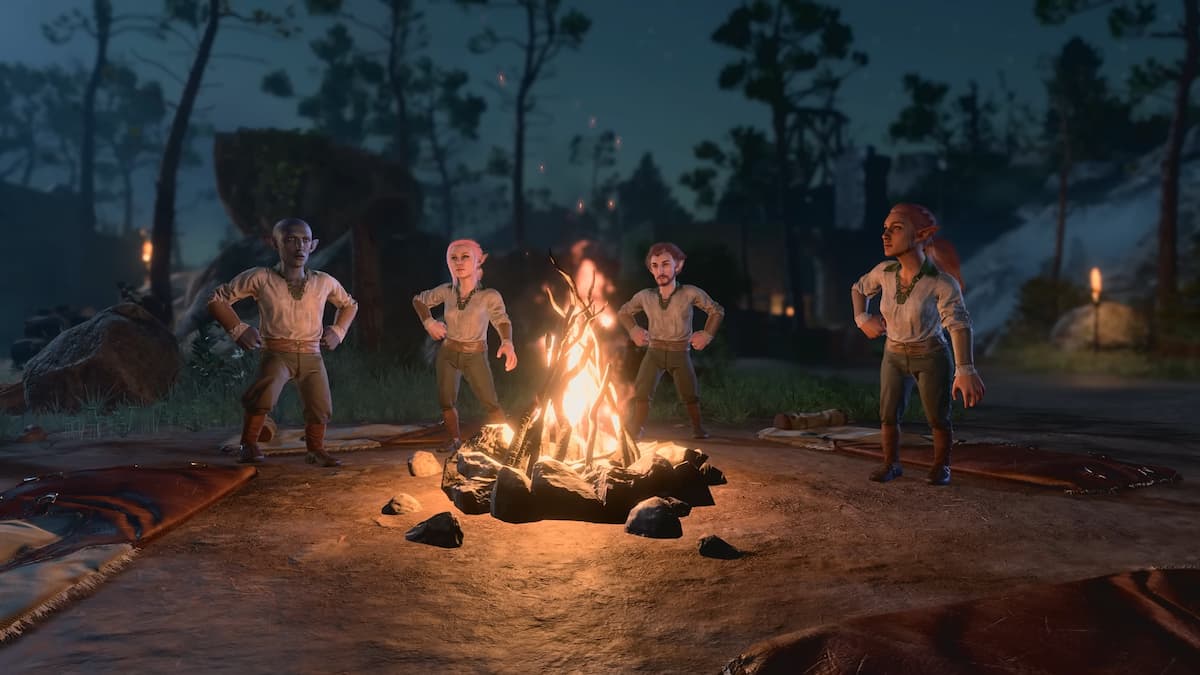

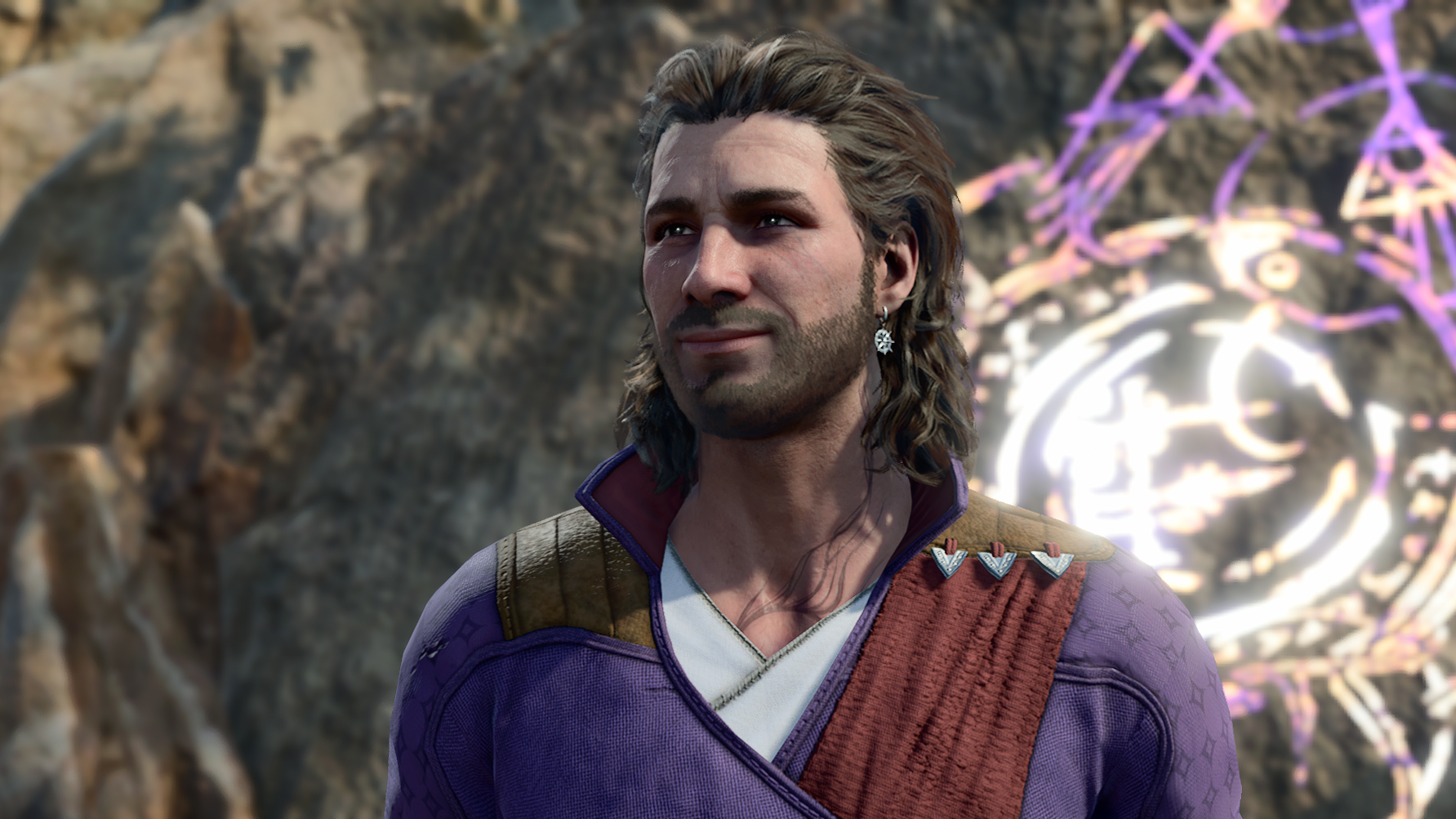

Published: Sep 8, 2023 05:50 am